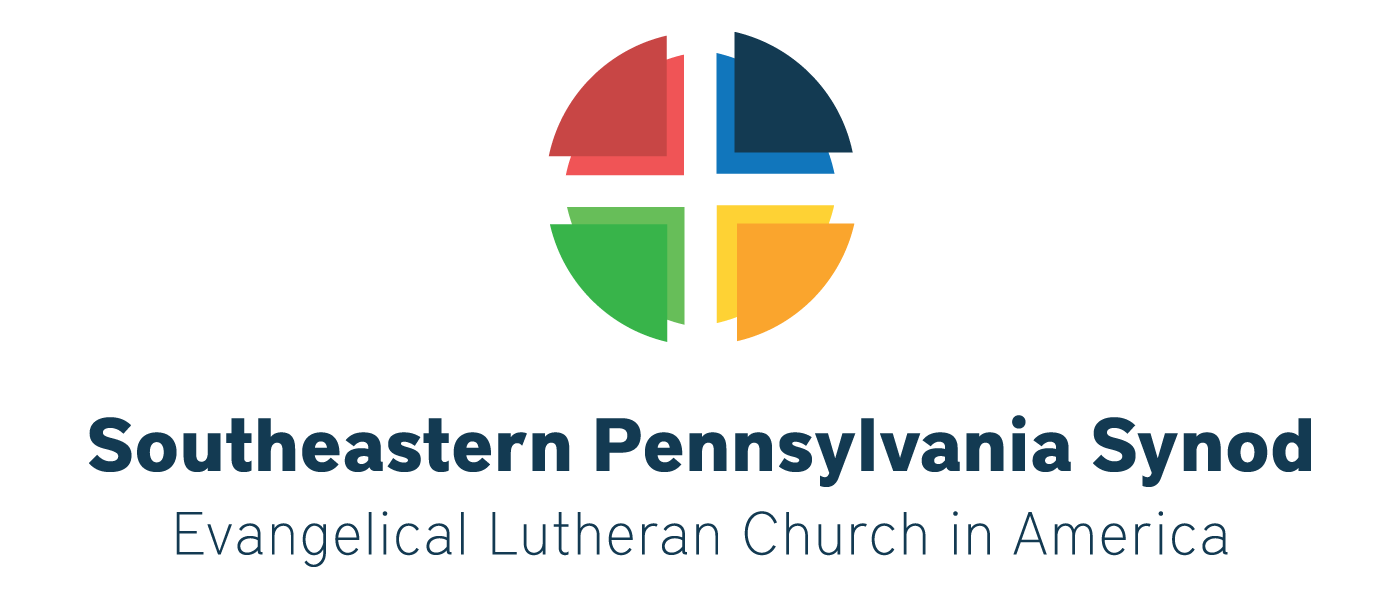October 24, 2017 in Communications, Congregations
Is Your Church Website Disability Friendly?

Did you know that the front door of your church has changed? Rather than entering your actual building, first-time visitors get to know you through your web and social media presence. If your church has any kind of disability ministry, prospective new worshipers need to be able to find out about it on the web.
Often, families on the disability path will not have oodles of time to search for information, and may mistakenly assume your church is not a healthy option if they can not quickly learn about your offerings. Follow these easy pointers for a more disability-friendly web presence:
- If you do it, show it. Have a Rejoicing Spirits ministry? Buddy program? Sensory Break Room? Ramps? Elevators? Depression Support Group? Allergen-free snacks? Get visual and textual information about these on your web page.
- Be specific. Devote tabs on your website that directly link to a clear description of your disability ministry philosophy, options, and contact person. Do not bury this information in sub-tabs.
- A picture is worth a thousand words. Strive to ensure that you web images feature people with disabilities, either by selecting inclusive stock images or by securing permission to include photos of your own differently-abled congregants in action.
- Use icons. Add a wheelchair icon to your home page. Many Lutheran houses of worship are indeed wheelchair accessible, but prospective church members may believe that we are not.
- If your church offers American Sign Language (A.S.L.) interpretation, share when and where interpretation is available at worship. If you offer hearing assistive devices, please make that known.
- Consider including subtitles on any videos you feature on your website.
- Write out a description of any links, such as “click here to learn more about A.S.L. interpreting” rather than “for more information, click here.” To serve those who are colorblind, be sure these links are in a contrasting color to the surrounding text.
- Make sure all abbreviations which are pronounced as letters are written with periods between letters (A.S.L., not ASL) to help those who use screen readers understand what is being said.
- Add information about your disability ministry to your website and social media. Sometimes churches may hesitate to publicly talk about their offerings, for fear they are not quite perfect. Perfection is for God. As churches, we should strive instead to serve our siblings in Christ, trusting that we are able to lovingly offer our ministries, even if we are small, humble, or new to the task.
–Kathleen Murphy, with special thanks to Candy Nixon of Joni and Friends
From the Autumn, 2017 issue of our Able, Together e-newsletter. To subscribe, click here.

